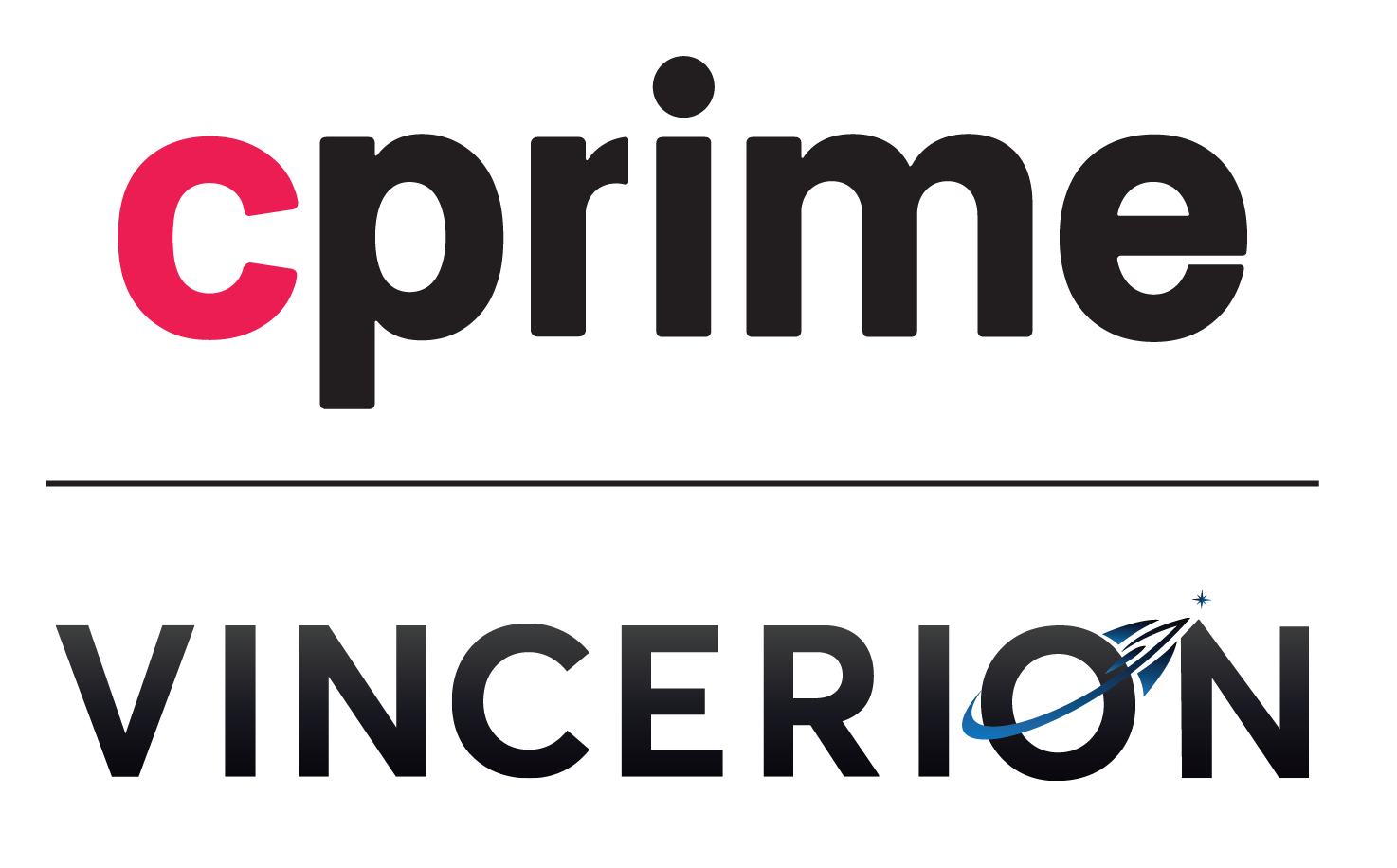If you rely on your Atlassian stack as mission critical applications for your daily operations—as thousands of companies do—but you’re not yet operating within Atlassian Cloud, you should at least consider it. The Cloud isn’t the best solution for every business, but it definitely is for most. And, if you’re running an on-prem Server instance right now, you’re running out of time to migrate before your Server apps lose all support and quickly become a security risk.
But what makes an Atlassian Cloud migration successful? And what factors do you need to consider when deciding how to approach your migration? We’ll cover the answers to those questions in the context of four real-life examples of Cprime clients who have successfully migrated to the Cloud with excellent results.
This content is drawn, in part, from the recent webinar, Successful Atlassian Cloud Migrations and Optimizations. Watch the webinar on demand for more details.
What makes an Atlassian Cloud migration successful?
Atlassian migrations are no small feat, especially for large enterprises with years of accumulated data, and complex integration infrastructure and automation requirements. It’s easy for a large migration to go very bad very quickly if it’s not handled properly.
After nearly a thousand successful migrations, the experts at Cprime have the process down to a science:

Planning and preparation
Following a thorough assessment of the client’s current and optimal future states, the Migrations team will supply a detailed plan to facilitate the most important factor in migration success: adequate organization and preparation.
Here are some factors that need to be considered long before the actual migration takes place:
- Apps and add-ons – What Atlassian marketplace apps and add-ons are you currently relying on? Are they available on the Cloud? Are the configurations and functionality identical, or will adjustments need to be made?
- Integrations and APIs – What about non-Atlassian applications that are currently integrated with your Atlassian tools? Are there equivalent connectors available for Cloud, or do you need to consider switching apps, reconfiguring, or having new custom integrations built?
- User management and administration – Administration of the Cloud environment is quite different from what’s needed for Server or Data Center, so it’s best to determine who is going to be responsible for the limited necessary admin tasks and prepare to adjust permissions accordingly.
Although the Migrations team from Cprime will do the heavy lifting in terms of setting up the testing environment and running test migrations as needed, you should also plan to invest some time into user acceptance testing (UAT)—letting your power users get into the test environment to poke around and find issues with the data, the functionality, or the user experience. This allows us to resolve those issues before the migration is completed and your teams start actively working with production data in Cloud.
Change management
Change management is another vital piece of the puzzle because moving to Atlassian Cloud may involve some significant changes in process, which can take time. To minimize any disruption to getting your work done day-to-day, you’ll want to partner with our Migration team for:
- Training and enablement – Moving from Atlassian Server or Data Center to Cloud will involve minimal (but important) changes in the interface for most users; the Admin interface is more different, requiring more extensive training. If you’re moving to Atlassian from a different tool—such as moving from Rally to Jira—the need for training and enablement becomes far greater.
- Process and configuration optimization – A large part of migration success involves ensuring that your way of working aligns closely with how your new cloud-based tools are set up, and that that configuration takes the best advantage of Atlassian Cloud’s powerful feature set.
This optimization process is different for each company based on their unique data and business goals. So, deciding how to go about it deserves special attention. One of the key decisions you’ll need to make is whether to focus on optimization before or after the production migration. Your migration partner can help you decide which is best.
Optimizing before or after your Atlassian Cloud migration
At first blush, it could seem that simply moving exactly what you have now into the new system is the easiest and fastest way to complete a Cloud migration. And, to some extent, that’s true. What we call a “lift and shift” migration can usually be done more quickly, and at a lower cost (although that doesn’t count the potentially higher total cost when you factor in slowdowns and missed opportunities caused by working with a dataset that’s not optimized for the Cloud environment.)
Again, we’ve completed nearly a thousand successful migrations, and, although there are rare circumstances where a “lift and shift” is the right play, we almost always recommend that our clients take the time to optimize their data, processes, and configurations before moving to the cloud. Why?

- Reduces complexity – The more complex the data and configurations you move to the Cloud, the more potential there is for problems in the migration; likewise, the greater complexity generally means you’ll need to dedicate more admin time to navigating the system post-migration. Both issues have real costs and headaches associated with them.
- Provides standardization – By cleaning up the data, users, and configurations prior to migrating, you enter the new environment with things standardized and organized. This helps you avoid silos, which supports robust governance and reporting; standardization also improves efficiency by streamlining processes and shortening the learning curve.
- Reduces total cost and effort – Excess users, projects, and add-ons can add to the total cost of your Atlassian Cloud license, and an overly complex environment requires far more time and effort to manage. So, investing the time into cleaning up the data and optimizing everything before the migration will actually save you money overall in the long run.
The importance of governance
Finally, we find over and over again that clients heading into a Cloud migration have either lax, inconsistent governance, or no governance in place at all around their Atlassian data and workflows.
Resolving this situation is a vital aspect of a successful migration because failing to set up robust governance before heading into the new environment means that all the same problems you faced in your previous environment will eventually be duplicated in the cloud. So, we always include strong governance recommendations in our initial migration plan, and help our clients set that up prior to the move to Atlassian Cloud.
Two real-life examples of successful Atlassian Cloud migrations
Let’s take a quick look at two real-life examples of Cprime clients who went through large Atlassian Cloud migrations that proved very successful. We’ll analyze what was required to make them work, and what benefits they received from doing so.
Client #1 – Fortune 500 financial services organization
Challenge
This global finserv enterprise was a longtime user of Jira. They had several siloed instances across various business units with a total of over one million Jira issues in their combined databases. The data was not standardized, they had no formal governance in place, and they had a lot of stringent security requirements to consider for regulatory compliance.
Their initial plan when they brought us on was to do a “lift and shift” migration to the cloud and focus on optimization later on.
Solution
We recommended they instead focus on optimization, implement a governance protocol, and arrange for training and enablement of their user base ahead of the production migration. Our analysis revealed that doing so would significantly lower the overall cost of the migration while better ensuring a successful migration and lay a stronger foundation for smooth operation and robust security once they were set up in Cloud.

Results
Although it was not initially a popular decision, they agreed to follow our recommendations. In the end, the optimization efforts resulted in cutting the total number of issues in half and dropping the project and user numbers down significantly as well. This combined with standardization efforts to facilitate a smooth consolidation of instances. In total, these efforts cut about 40 percent of the total cost of the migration, so the client was thrilled with the outcome.
Client #2 – Fortune 500 life insurance organization
Challenge
This insurer was at the beginning of a multiyear digital transformation, and part of that initiative involved streamlining their way of working to reduce complexity, create efficiencies, and lower costs in the long run.
They had some business units using Jira, but many others relying on Rally. Their Rally investment was becoming unsustainable, so they chose Jira Cloud to become their single source of truth for the entire organization’s use.
Solution
Rally and Jira do the same thing—manage projects and tasks through a ticketing system—but their user interface, configurations, and functionality are very different. There were aspects of Rally’s functionality they wanted to maintain following the move. To facilitate this consolidation and migration to Cloud, we recommended
- Extensive preparation and optimization to establish which issues were necessary for ongoing work and which could be archived, and how to map Rally data to Jira via custom fields and other features.
- Creating standardized processes and supporting governance so the new consolidated environment could be easily learned and maintained post-migration.
- A phased approach to the production migration so the users could hit the ground running on Day One with current tickets, and then an archive of past tickets could be brought over for data retention purposes.
- Targeted enablement to help existing Jira users get familiar with the new Cloud interface, and to fully train Rally users on Jira.
Results
In the end, the client was very happy with the new Jira Cloud environment. We consolidate over 800,000 issues from both systems and enabled over 5,000 users so they could move smoothly onto Atlassian Cloud with minimal disruption and zero downtime. The company saved money on their licensing fees, and their new Atlassian solution has provided a strong technology foundation for their continued digital transformation.
What’s next?
If you’re in the information-gathering stage of planning a move to Atlassian Cloud, we recommend watching the full webinar this article is based on. You’ll get a lot more detail about the topics we touched on here, plus two additional real-world examples not included in this article.
If you’re ready to move ahead with your migration, we’d like to help. Schedule a Migration Impact Assessment by clicking the link below.
 Vincerion brings a wealth of experience implementing new portfolio management models that align technology investments directly to strategic business objectives and shift to product-driven portfolio management models that accelerate growth and revenue. Their financial transformation capabilities, including outcome-based budgeting processes and lean portfolio management, complement Cprime’s strengths in evolving both ways of working and supporting technology ecosystems.
Vincerion brings a wealth of experience implementing new portfolio management models that align technology investments directly to strategic business objectives and shift to product-driven portfolio management models that accelerate growth and revenue. Their financial transformation capabilities, including outcome-based budgeting processes and lean portfolio management, complement Cprime’s strengths in evolving both ways of working and supporting technology ecosystems.



















